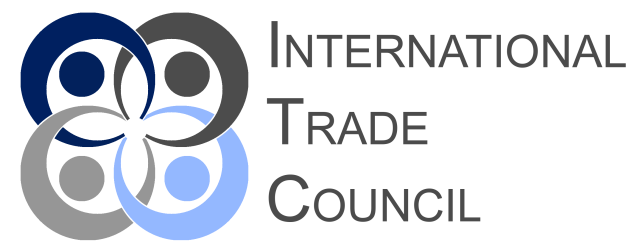The analysis of the Philippines' top ten largest imports highlights the country's dependence on a diverse range of goods to support its growing and dynamic economy. These imports are essential for various industries, including electronics, automotive, construction, healthcare, and telecommunications. The primary source countries for these imports are China, the United States, and Japan. As the Philippines continues to expand its economy and develop its industrial base, understanding the trends and patterns in its import sector is crucial for businesses and policymakers alike.
Future research could examine the potential impact of regional trade agreements, such as the Association of Southeast Asian Nations (ASEAN) Free Trade Area, and geopolitical factors on the Philippines' import landscape. Additionally, exploring the opportunities and challenges posed by emerging technologies, such as renewable energy and digitalization, could provide valuable insights into the future direction of the Philippines' import sector. Furthermore, investigating the role of the Philippines' domestic industries in meeting the country's import demands and the potential for import substitution could offer a more comprehensive understanding of the nation's economic landscape.
The Philippines, an archipelago in Southeast Asia, has a robust economy, which relies heavily on international trade, including imports. The country's key economic sectors include agriculture, electronics, business process outsourcing, and tourism. In this research article, we will analyze the top ten largest imports in the Philippines (sorted alphabetically) based on their most recent volume and dollar values and identify the countries from which these goods are imported.
Cereals: In 2020, the Philippines imported cereals worth $2.4 billion. These imports include rice, wheat, and corn, which are essential for the country's food security. The main sources of cereals imports are Vietnam, Thailand, and the United States. These imports help to meet the country's growing demand for staple foods and support the local food processing industry.
Computers and Electronic Products: The Philippines imported computers and electronic products worth $7.6 billion in 2020. These imports are crucial for the country's information technology and electronics sectors. The primary sources of these imports are China, the United States, and Taiwan, which together account for a significant share of the Philippines' computer and electronic product imports.
Electrical Machinery and Equipment: Electrical machinery and equipment are vital imports for the Philippines, with an import value of $9.3 billion in 2020. China, the United States, and Japan are the main suppliers, providing equipment necessary for the development of the Philippines' manufacturing, construction, and services sectors.
Iron and Steel: In 2020, the Philippines imported iron and steel products worth $3.9 billion. These imports are essential for the country's construction and infrastructure development. The main sources of iron and steel imports are China, South Korea, and Japan. These imports include raw materials, such as iron ore and steel billets, as well as finished products, like steel bars and plates.
Machinery: Machinery, including industrial and manufacturing equipment, is another significant import for the Philippines, with an import value of $6.5 billion in 2020. The main suppliers of machinery are China, the United States, and Japan, which provide essential equipment for various industries, including manufacturing, construction, and services.
Mineral Fuels and Oils: Mineral fuels and oils, including crude oil and refined petroleum products, are critical imports for the Philippines. In 2020, the import value of mineral fuels and oils stood at $5.8 billion. The main suppliers are the United Arab Emirates, Saudi Arabia, and Russia, which provide various crude oil grades and refined petroleum products like diesel, gasoline, and kerosene to meet the country's energy demands.
Motor Vehicles and Parts: Motor vehicles and parts are another significant import category for the Philippines, with an import value of $4.3 billion in 2020. The country imports a range of vehicles, including passenger cars, commercial vehicles, and motorcycles, as well as parts for assembly and maintenance. Major suppliers of these products to the Philippines are Japan, the United States, and Thailand. These imports support the local automotive industry and cater to the growing demand for personal and commercial vehicles.
Pharmaceuticals (continued): In 2020, the country imported pharmaceuticals worth $2.1 billion. The primary sources for these imports are India, the United States, and Germany, which provide the Philippines with essential drugs, vaccines, and other medical products. These imports help maintain the country's healthcare system and ensure access to a wide range of medicines for its population.
Plastics: The Philippines' plastic industry is highly dependent on imported raw materials, with plastics imports worth $3.4 billion in 2020. The primary suppliers are China, South Korea, and Taiwan. These imports include plastic resins and other raw materials needed for the production of various plastic products, such as packaging, automotive components, and household goods. The plastic industry plays a vital role in the country's manufacturing sector, contributing to both exports and domestic consumption.
Telecommunications Equipment: Telecommunications equipment is another significant import for the Philippines, with an import value of $3.1 billion in 2020. China, the United States, and Japan are the main suppliers, providing essential equipment for the development and expansion of the country's telecommunications infrastructure, including mobile networks and broadband services.
Read more views


